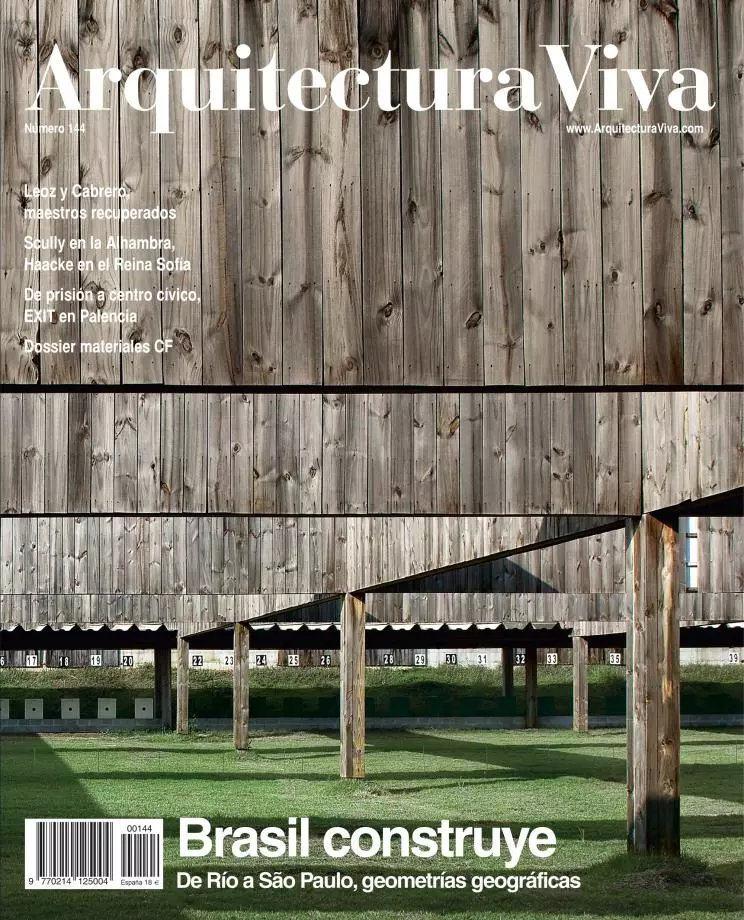
Brazil builds, but quantity still exceeds quality. Almost seven decades after ‘Brazil Builds’, the mythical exhibition at New York’s MoMA that in 1943 introduced tropical modernity to the world, the country prepares two large sport events that will testify to its economic prosperity and, foreseeably, also to its architectural and cultural dynamism. In two years, the World Cup will be played in twelve Brazilian cities, and both the efficiency of the organization and the architecture of the stadiums will show the country’s accomplishments to visitors and audiences; and in four years, the celebration of the Olympic Games in Rio de Janeiro will examine the capacity for urban regeneration of one of the planet’s most beautiful cities, but also one of the most conflictive. With their Brazilian bet, first the FIFA and then the IOC have decided to pay due tribute to the country, and at the same time put it to the test.
The success story crafted by the successive presidents Fernando Henrique Cardoso, Luiz Inácio Lula da Silva and Dilma Rousseff has turned Brazil into a cool destination, routinely described in Sunday newspaper supplements with the words ‘energy’, ‘vitality’ and ‘optimism’. These features, without a doubt, liven up this booming moment, but only good governance has managed to exploit the vast geographical and human potential of a nation that is the world’s fifth in extension and population, and that is today one of the twenty largest economies in the globe, and the undisputed leader of South America. The stability of its institutions and the political skill of its leaders have been the strong bases of a momentum that, although clearly manifest in quantitative terms, should now veer towards eroding social inequalities, promoting quality of life and encouraging scientific research and cultural production.
It is at this point that architecture and urbanism come in, because the huge growth of cities and wealth has not yet spurred the creative explosion that one could expect. If we continue resorting to the hackneyed opposition between the schools of Río and São Paulo, it is due to the fact that the flourishing of a new generation has still not produced architecture to match that of its forbears, be them those gathered by Lucio Costa and Oscar Niemeyer in Río, or those around Vilanova Artigas and Mendes da Rocha in São Paulo; barely a few works by veterans like Lelé or Marcos Acayaba, or of the younger teams MK27 or BCMF, blur with their constructive precision the nostalgia for the lyrical emotion of Burle Marx or Lina Bo Bardi. But the collection of works featured in this issue are at once a pixelled portrait of the Brazil of this hour and a proposal for condensation nuclei around which the critical mass of excellence that the country deserves may crystallize.





